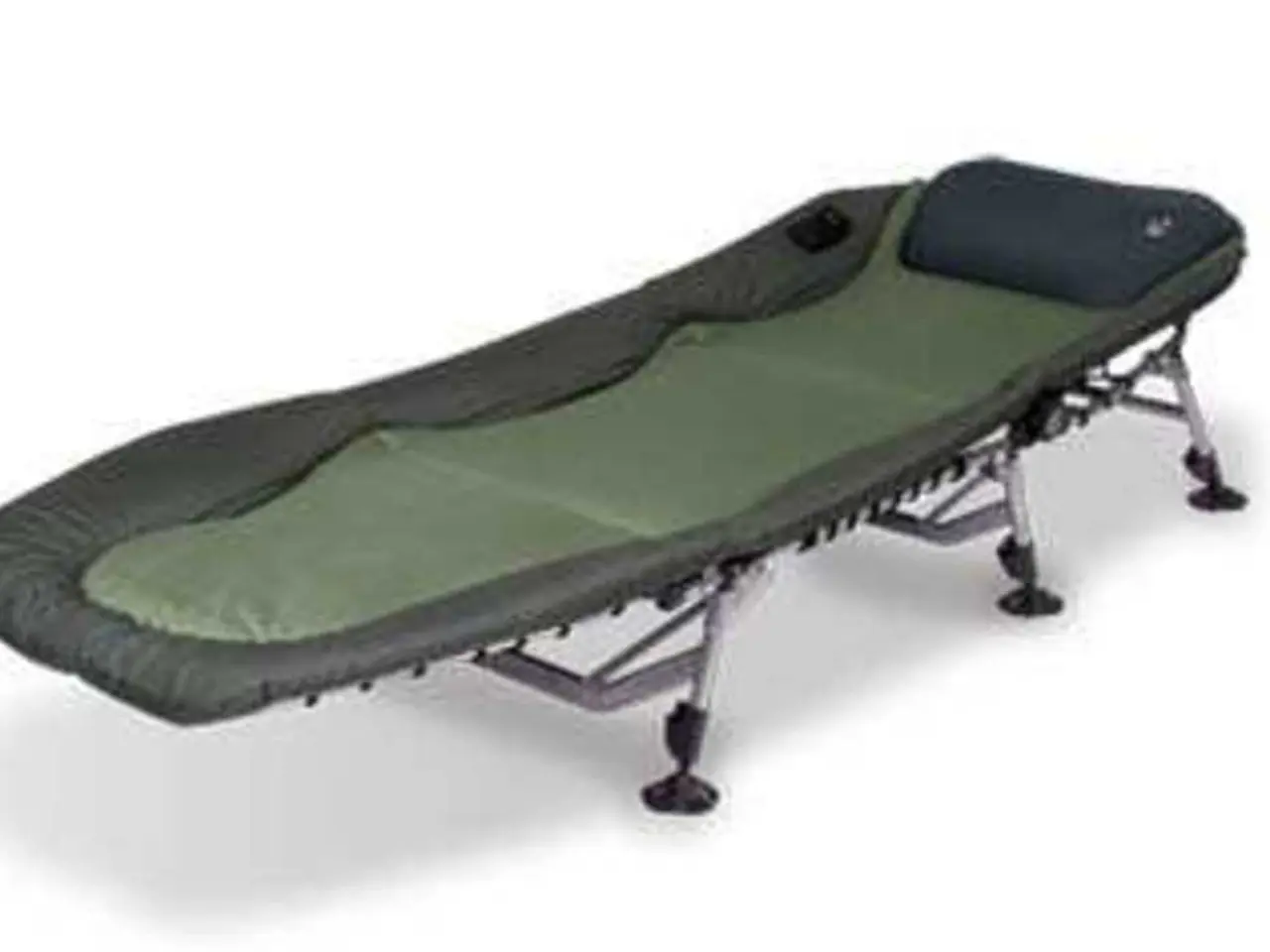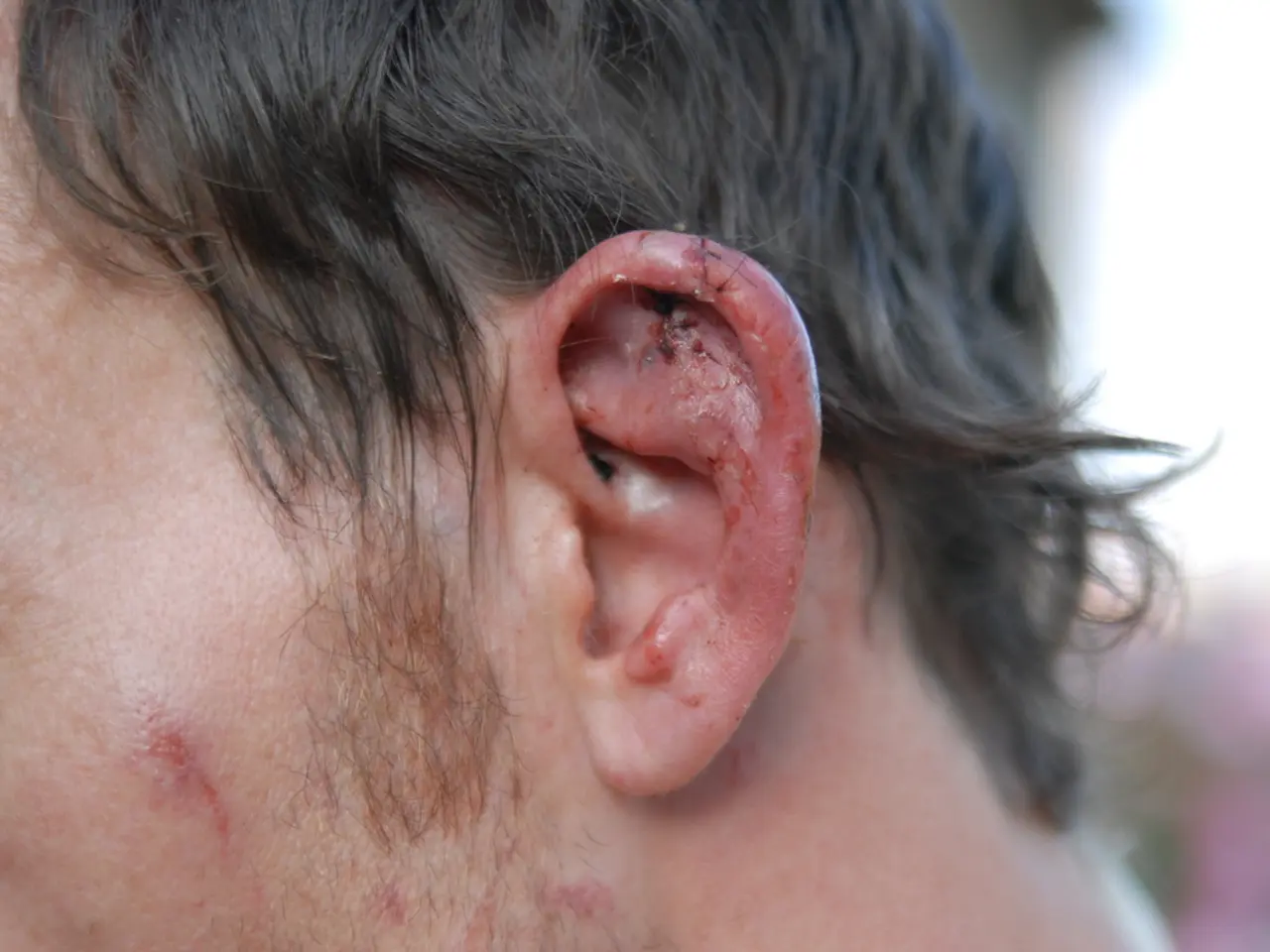Differentiating between Tendons and Ligaments: Understanding their Roles, Injuries, and Treatments
In the human body, tendons and ligaments play crucial roles in maintaining mobility and joint stability. Although they share some similarities, it's essential to understand their differences, common injuries, symptoms, and treatments.
Tendons, which connect muscles to bones, enable movement by transmitting muscle forces to bones and aiding in shock absorption. Ligaments, on the other hand, connect bones to other bones at joints, providing stability and limiting excessive movement to protect the joint. Ligaments are generally thicker and more rigid, while tendons are more flexible to allow muscle movement.
Common causes of tendon injuries include overuse or repetitive movements that result in micro-tears and inflammation (tendinitis), long-term degeneration without inflammation (tendinosis), sudden overload or trauma, and common in athletes and people performing repetitive tasks. Ligament injuries, or sprains, occur due to sudden twisting motions or impacts that cause stretching or tearing of ligaments, commonly in joints like the knee.
Symptoms of tendon injuries include pain, burning sensation, tenderness around the affected tendon, reduced strength and flexibility, and swelling (in tendinitis). Ligament injury symptoms include joint pain and swelling, bruising, difficulty putting weight on the joint, reduced range of motion, and instability. In severe sprains, a "pop" sound may be heard at the time of injury.
Treatments for tendon injuries typically involve rest, ice, stretching, strengthening exercises, physiotherapy, massage, and, in severe cases, steroid injections or surgery. Ligament treatment usually includes rest, immobilization, ice, physical therapy, and, in severe tears, surgical repair or reconstruction. The use of braces or supports may also be necessary to stabilize joints during healing.
Proper care and rehabilitation are crucial for both tendon and ligament injuries to restore function and prevent recurrence. In the case of tendon injuries, preventive care includes proper technique, regular breaks, and conditioning. For ligament injuries, it's essential to ensure proper support during movement to reduce the risk of sprains.
In summary, tendons primarily facilitate movement through muscle-bone connection and often suffer from overuse injuries, while ligaments provide joint stability by connecting bones and are prone to sprains from sudden twists or impacts. Awareness of these differences, common injuries, symptoms, and treatments can help individuals take the necessary steps to prevent and manage tendon and ligament injuries effectively.
[1] https://www.ncbi.nlm.nih.gov/books/NBK532869/ [2] https://www.ncbi.nlm.nih.gov/pmc/articles/PMC5664031/ [3] https://www.ncbi.nlm.nih.gov/books/NBK470194/ [4] https://www.ncbi.nlm.nih.gov/pmc/articles/PMC5586599/
- AQ research suggests a link between obesity, depression, and COPD, indicating a complex interplay between these medical-conditions.
- Predictive science in health-and-wellness isn't just about fitness tracking - it could potentially identify early signs of conditions like bipolar or COPD.
- In addition to treatments for sprains and strains, therapies-and-treatments for mental health conditions like depression may also include medication, counseling, or lifestyle changes.
- Science continues to uncover the intricacies of the human body, shedding light on conditions like COPD, bipolar, or obesity, and providing new avenues for treatments and interventions.
- Maintaining a healthy lifestyle, understanding common injuries for tendons (such as tendinitis and tendinosis) and ligaments (sprains), and seeking medical advice whenever needed are pivotal steps toward managing health-and-wellness and preventing chronic conditions like COPD and obesity.




